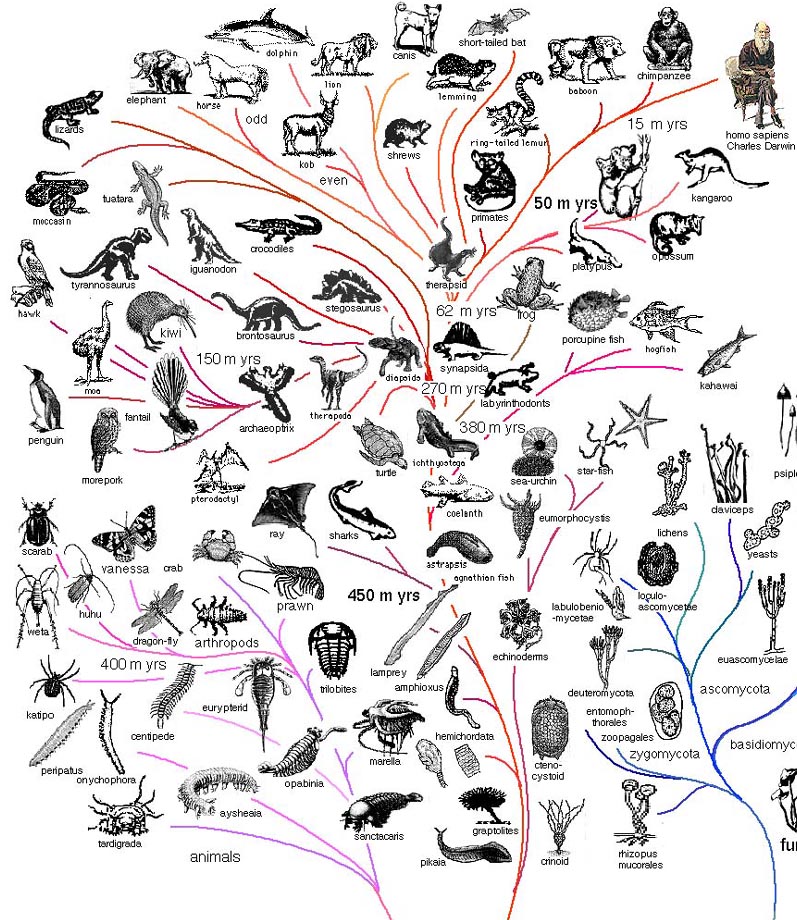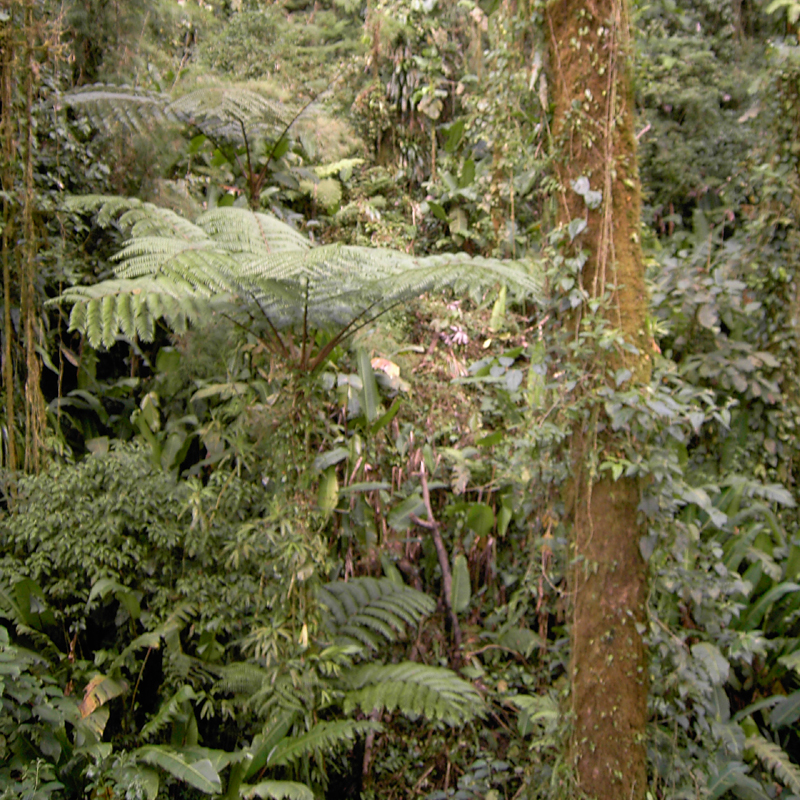
| iacrl_1.htm |
|
Evolution, Intelligent Designers, Climate Change, and the Scholarly Ecosystem
Annual Meeting Keynote, March 30, 2006 Illinois Association of College and Research Librarians Michael Jon Jensen Director of Publishing Technologies, the National Academies Press (www.nap.edu) Director of Web Communications, the National Academies (www.nationalacademies.org) |
| iacrl_2.htm |
| The problem is... "The problem is that we have tied tenure to the publication of a scholarly book. No, others say: uncoupling tenure from books cannot solve the problem because journals are in trouble, too. Others suggest that the problem is the scholarly monograph itself, or that the problem is curtailed library spending on humanities books. The problem is price-gauging by commercial publishers of science journals, necessitating that libraries spend less money on humanities and social science publications. The problem is chain bookstores, the dwindling number of independent bookstores, and the increasing conservatism of those that remain. The problem is electronic booksellers like Amazon.com with their heavy discounting and selling of used books. The problem is that books cost too much to produce. The problem is that electronic publishing is too expensive and doesn't work for monographs. The problem is shrinking subsidies to presses in the wake of cutbacks to higher education for state universities. [...] The problem is that, since 9/11, people are watching CNN and not buying books, trade or academic. The problem is that university press books are underpriced relative to their production costs. The problem is that university press books cost too much relative to the income of their target audience. The problem is too many books. The problem is too few books. The problem is too many books of one kind and too few of another. The problem is students don't know how to read any more. Cathy N. Davidson, "Crises and Opportunities: The Future(s) of Scholarly Publishing" |
| iacrl_3.htm |
Evolution
|
| iacrl_4.htm |
Evolution: Rain Forest
|
| iacrl_5.htm |
Evolution: Darwin's Finches
|
| iacrl_6.htm |
Evolutionary Pressure from Carrying Capacity
|
| iacrl_7.htm |
Scholarly Ecosystem Pressures
|
| iacrl_8.htm |
| Evolution: The Open Access Publications of The National Academies Press (nap.edu)
  |
| iacrl_9.htm |
| National Academies Press (nap.edu) Mission: Self-Sustainability + Maximal Dissemination
|
| iacrl_10.htm |
Balancing Two Competing Pressures
|
| iacrl_11.htm |
Institutional Support
|
| iacrl_12.htm |
Genetically Identical
|
| iacrl_13.htm |
Genetically Diverse
|
| iacrl_14.htm |
Compound Web Interest
|
| iacrl_15.htm |
Wild Web
|
| iacrl_16.htm |
Intelligently Designed
|
| iacrl_17.htm |
Intelligently Designed
|
| iacrl_18.htm |
Intelligently Designed
|
| iacrl_19.htm |
Climate Change: Invasive Species
|
| iacrl_20.htm |
Out There
|
| iacrl_21.htm |
Economics of Attention: Invisibility
|
| iacrl_22.htm |
Economics of Attention: Barriers
|
| iacrl_23.htm |
New Microclimates: Web 2.0
|
| iacrl_24.htm |
Evidence of Microclimates: Blogs
|
| iacrl_25.htm |
Evidence of Microclimates: Flickr et al.
|
| iacrl_25a.htm |
Evidence of Microclimates: Myspace
|
| iacrl_25b.htm |
Evidence of Microclimates: craigslist.com
|
| iacrl_25c.htm |
Evidence of Microclimates: boingboing.net
|
| iacrl_25d.htm |
Evidence of Microclimates: video sharing
|
| iacrl_26.htm |
O'Reilly's Key elements of Web 2.0 Businesses
|
| iacrl_27.htm |
Scholarly Ecosystems, 1993
|
| iacrl_28.htm |
New Scholarly Ecosystems, 2006+
|
| iacrl_29.htm |
Rules of Thumb during Scholarly Climate Change
|
| iacrl_30.htm |
Evidence of Abrupt Climate Change
|
| iacrl_31.htm |
What Can Libraries and Scholarly Publishers Do?
|
| iacrl_32.htm |
Surviving Scholarly Climate Change
|
| iacrl_33.htm |
Complex New Ecosystems
|